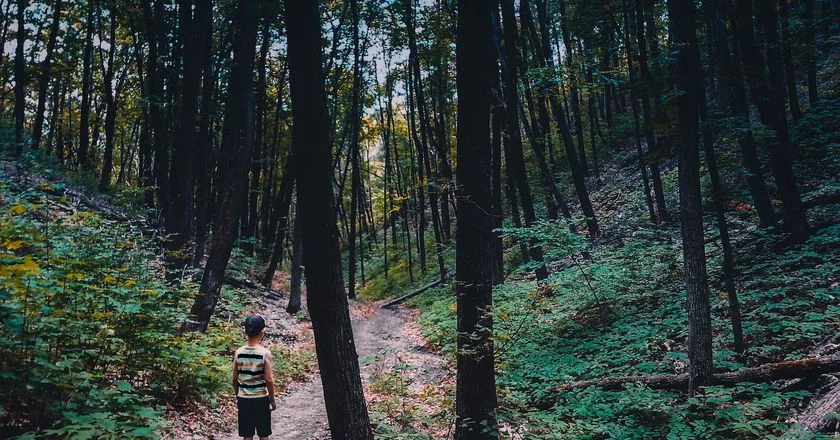In the Bible's Book of Ezekiel, a mysterious ship appears from the sky in Chaldea, modern-day Kuwait. The next wave of mysterious apparitions showed up in fourth-century China when a “moon boat” was documented floating over the country once every 12 years. More strange sightings were noted around Rome in 218 B.C., Germany in 1561, Hull, England, in 1801, and multiple times during World War II when allied pilots used the term “foo fighters” to describe the odd circles of light pilots noticed flanking their planes during combat.
The term “UFO,” short for “unidentified flying object,” was coined in 1953 by the United States Air Force as a bucket term for such reports as the foo fighters in WWII. Stateside sightings were hardly restricted to military flyover zones, however. Here, the first recorded UFO sighting is from 1639 when John Winthrop wrote in his diary about a large, strange light in the sky that shot back and forth long before the time of satellites or planes. By the time he and the other men on his boat got their wits about them, their boat was a mile from where it had been when they first spotted the light.
The first documented image of a UFO was captured in 1870 on the summit of Mount Washington in New Hampshire. More sightings were reported at Mount Rainier in Washington in 1947, and of course several in Roswell, N.M. Since then, countless numbers of unusual shapes in the sky—and their supposed inhabitants—have been exhaustively reported without sufficient explanations beyond the possible existence of extraterrestrial life.
A surge in eyewitness accounts begot even more sightings, and ways to guard against invasions and abductions—more than 40,000 Americans bought into alien protection insurance, which offers customers monetary relief should a loved one get carted away by little green men. As recently as last year, Texas reported a wave of UFO sightings even as overall sightings have declined. In spite of hundreds of thousands of sightings, reports, and claimed abductions (researchers of one Roper Poll in 1991 estimate 4 million Americans think they've been abducted by aliens) worldwide, the official position of the government thus far has been that such alien activity stems from hoaxes or simple cases of mistaking other objects like weather balloons for alien life. Of course, UFOs are simply that: unidentified objects, which are not necessarily the same things as evidence of extraterrestrial life.
Since its founding in 1974, the National UFO Reporting Center (NUFORC) has documented around 90,000 UFO sightings, with almost 95% of those sightings supposedly easily explained away as military tests, weather balloons, or other terrestrial activity. Still, in December of 2017, the New York Times brought to light the Pentagon program Advanced Aviation Threat Identification Program (AATIP), a $22 million investigation funded and carried out by the U.S. government into UFO reports from 2007 to 2012. This investigation came decades after more well-known programs such as the 1952 Project Blue Book, which inspired the 2019 History Channel series by the same name.
Using data from NUFORC's 24/7 hotline, which has been around since 1974, Stacker compiled a ranking of the states with the most reported UFO sightings. The website details not only the total number of sightings in each state, but also the odds of spotting a UFO for a resident in each. Of note is that almost three-quarters of all UFO sighting reports in the United States occur between 4 p.m. and midnight, and tend to peak between 9 and 10 p.m. Food for thought next time you're out scoping for alien life.














